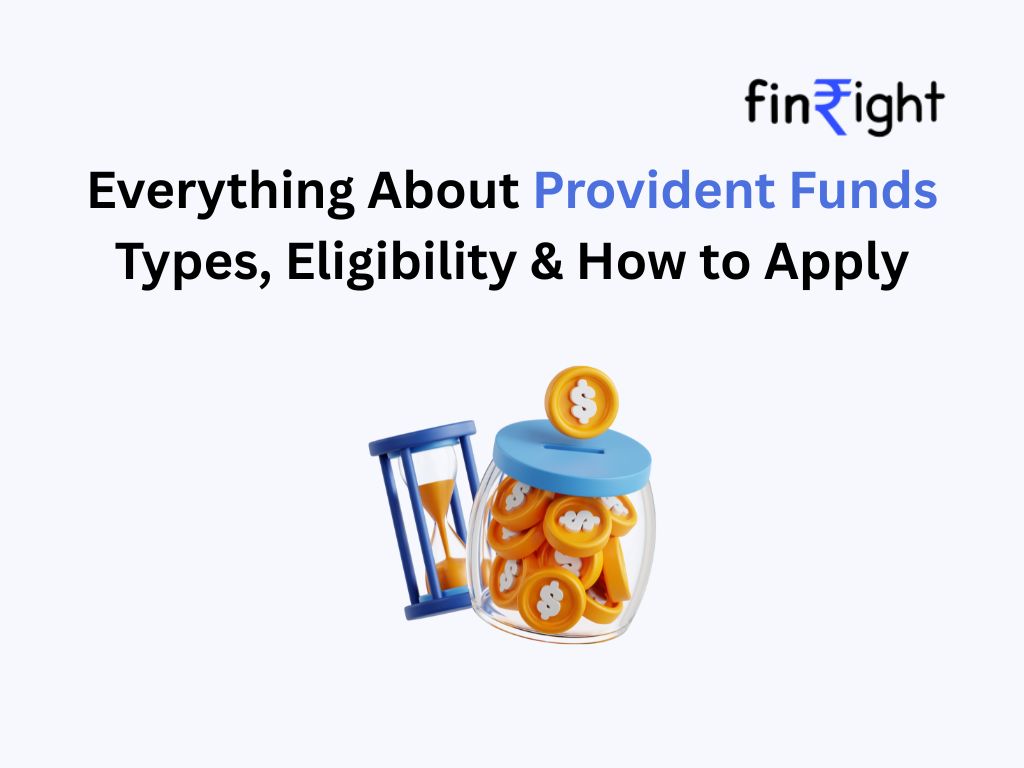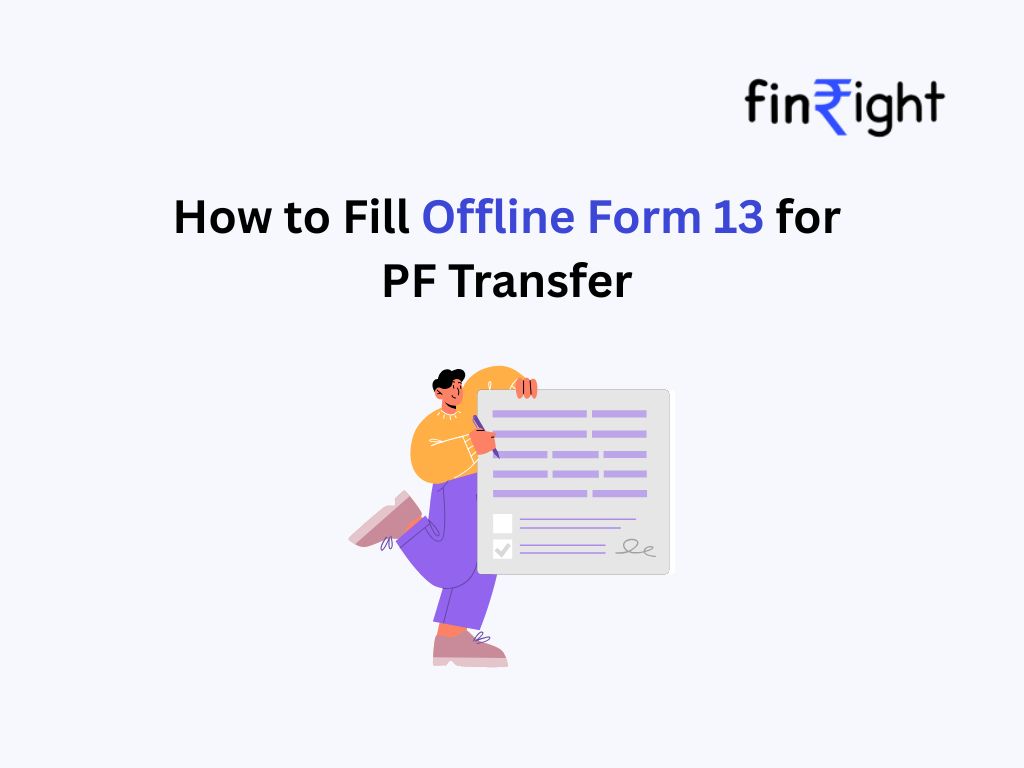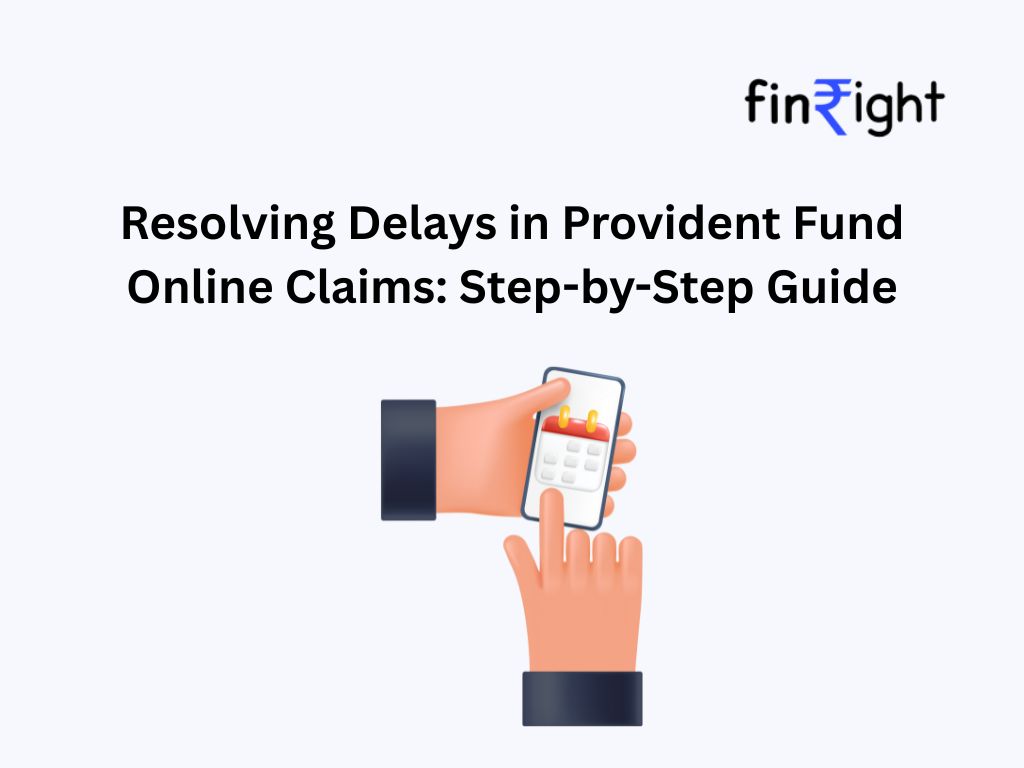Whether you’re a salaried employee, self-employed, or just starting to plan for retirement, understanding the Provident Fund (PF) system in India is essential. It’s one of the most reliable ways to build a secure financial future — and if you do it the right way, you can avoid costly mistakes and access your money with ease.
What is a Provident Fund?
A Provident Fund is a government-backed retirement savings scheme where a portion of your income is deposited every month, typically along with a matching contribution from your employer. Over time, this pool of money grows — earning interest and offering financial stability when you retire or face emergencies.
Types of Provident Funds in India
Let’s understand the 5 major types of PFs in India and how they differ:
1. Employees’ Provident Fund (EPF)
- Who it’s for: Salaried employees in the private or organized sector.
- Mandatory? Yes, for companies with 20+ employees.
- Contribution:
- Employee: 12% of Basic + DA
- Employer: 12% (8.33% to EPS, rest to EPF)
- Managed by: Employees’ Provident Fund Organisation (EPFO)
- Interest Rate: ~8.25% (varies yearly)
- Withdrawal: Allowed in retirement, after 2 months of unemployment, or for specific needs like home, medical, or education.
2. Public Provident Fund (PPF)
- Who it’s for: Any Indian resident (including self-employed, students, housewives).
- Voluntary? Yes.
- Contribution: ₹500 to ₹1.5 lakh per year
- Interest Rate: ~7.1% (revised quarterly)
- Lock-in: 15 years (can extend in 5-year blocks)
- Managed by: Government of India (via banks/post offices)
- Benefits: Tax-free returns, loans, and partial withdrawals after 5–7 years.
3. General Provident Fund (GPF)
- Who it’s for: Central and state government employees.
- Contribution: Minimum 6% of salary
- Managed by: Government department
- Unique feature: Only available to government employees who joined before 2004.
- Withdrawal: Allowed for housing, marriage, education, etc.
4. Statutory Provident Fund (SPF)
- Who it’s for: Employees of universities, government bodies, or educational institutions.
- Tax Benefit: Exempt at all three stages – investment, interest, and withdrawal.
5. Unrecognised Provident Fund (URPF)
- Who it’s for: Employees in companies not registered with EPFO.
- Not regulated by EPFO or Income Tax Act.
- Tax treatment: Contributions and interest may be taxable upon withdrawal.
Who Can Apply for a Provident Fund?
✅ For EPF
- Must be a salaried employee working in a company registered under the EPF Act.
- The employer is responsible for initiating your EPF account.
- You get a Universal Account Number (UAN), which is portable across jobs.
✅ For PPF
- Any Indian citizen can open a PPF account.
- Minors can also have a PPF account under a guardian.
- Not allowed for NRIs.
✅ For GPF/SPF
- Only government employees are eligible.
- You must have joined the government service before January 1, 2004 (post which NPS applies).
How to Apply for a Provident Fund
For EPF
- Employer Registration: Your company must be registered with EPFO.
- UAN Generation: New rule “Employee generates UAN through the EPFO portal”.
- KYC Linking: Link Aadhaar, PAN, and bank account.
- Employee Login: Activate UAN on EPFO Member Portal.
- Start Contributions: Monthly deductions begin automatically from salary.
💡 Pro Tip: Use FinRight’s services to check your PF health, fix transfer issues, and withdraw your money easily — especially if your claim is stuck or rejected.
For PPF
- Visit any nationalized bank, select private banks (like SBI, ICICI), or post office.
- Fill out Form A for account opening.
- Submit KYC (PAN, Aadhaar, Address proof).
- Deposit minimum ₹500 to activate the account.
- You can also open/maintain it online via bank apps or net banking.
Conclusion
Provident Funds are one of the most powerful, tax-friendly ways to build wealth and security. Whether you’re just starting your career or planning retirement, knowing what PF to choose, how to apply, and who can help makes all the difference.
✅ Ready to apply for your provident fund?
✅ Want to know if your PF can be withdrawn today?
👉 FixMyPF status with FinRight now





